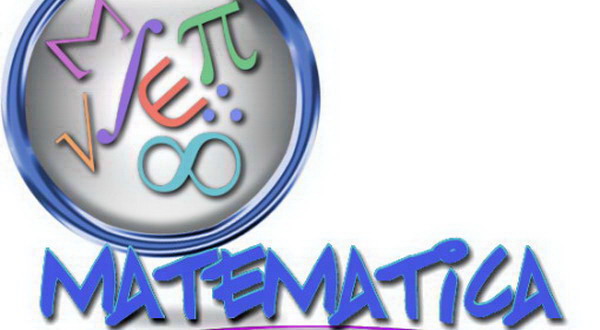How
Concrete is Concrete?
By
Koeno Gravemeijer
We know that mathematics is abstract, and not easy to accept by students. Because of that many students thinking that mathematics is one of difficult subject. Based on that problems, we have to make mathematics fun and easy for students.
One ways to
solve that problems is to make the mathematics from abstract to real or
concrete in their daily life, with visual model or manipulatives model. So there
is an interesting contrast between the way we make something concrete in
everyday life , and the way we do this in mathematics education.
This is one
of example :
Cobb (1989)
interview one of the student in first grade, called Auburn. Auburn solve the
first task , “ 16 + 9 “ used formal standart additon or column format as in the
text book. And she answer 16 + 9 = 15. But when cobb used cookies as context,
she answer 25.
This surprisingly,
because we now that Auburn still confuse with formal standart addition in the
text book, but she can calculate easily when used cookies context.
Based on the
Auburn condition, is important to us as mathematics teacher to make visual or
manipulative to facilitate students. Manipulatives may be used to help students
to express their own thinking. The use of manipulatives will then be cast in
terms of scaffolding & communicating. We may take the so called arithmetic
rack as an example (Treffers, 1990). And important to help students to construct
mathematics knowledge in a bottom-up manner connecting with what the students
are familiar with.
To sum up, mathematics
should start and stay within common sense', by trying to
foster the
growth of what is common sense for the students. In such an approach, tactile
and visual models will not be used to make the students “see” the abstract
mathematics, instead, material and visual representations may be used by the
students as means of scaffolding and communicating their own ideas.
Reference
Treffers,
A. (1990). Rekenen tot twintig met het rekenrek (addition and subtraction up to
twenty with the arithmetic rack). Willem
Bartjens, 10 (1), 35-45.
























